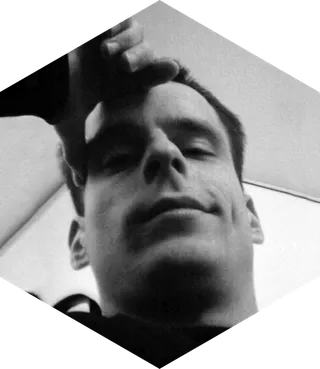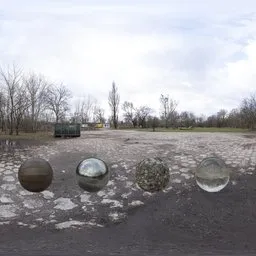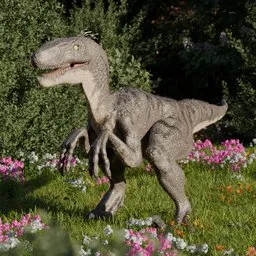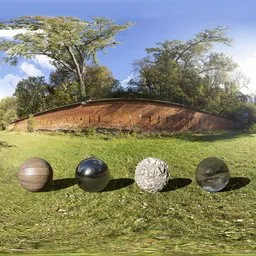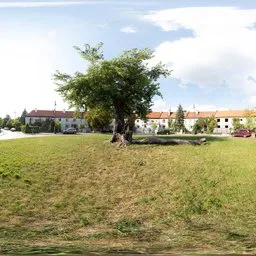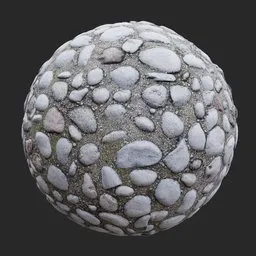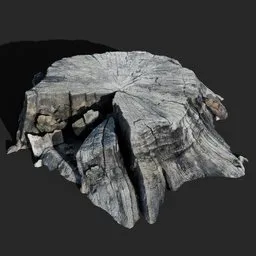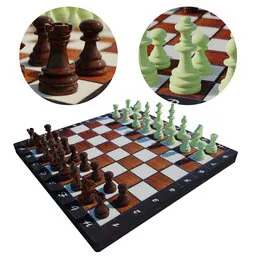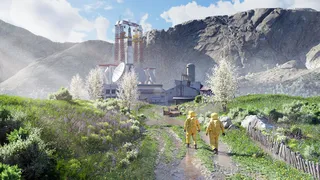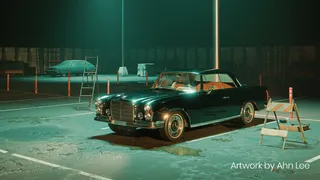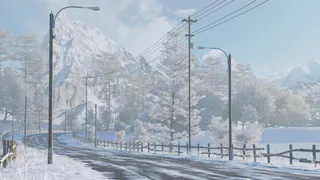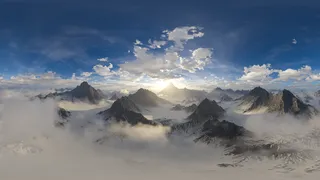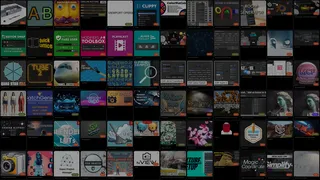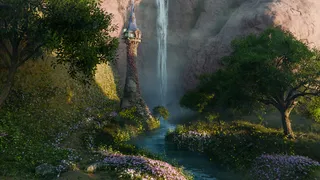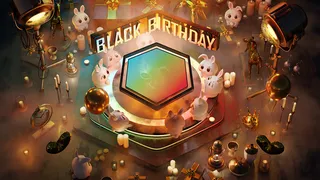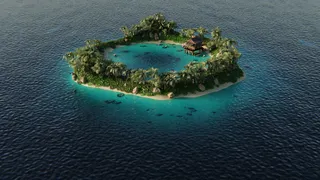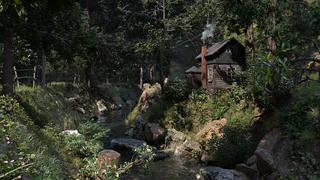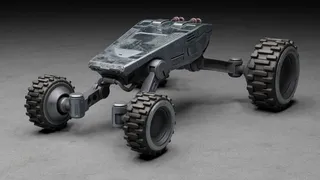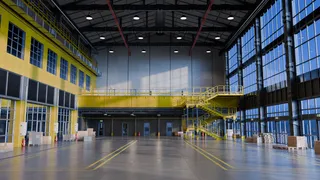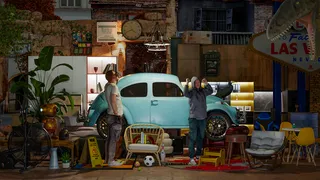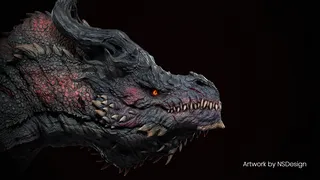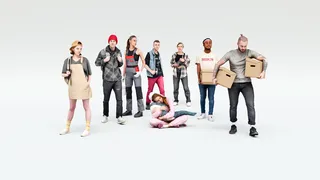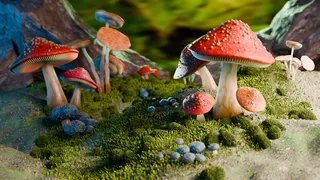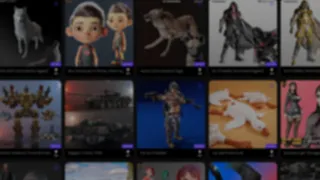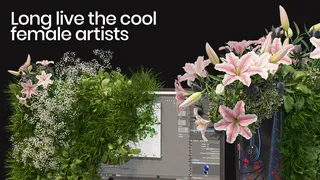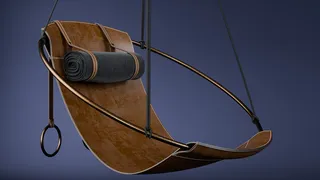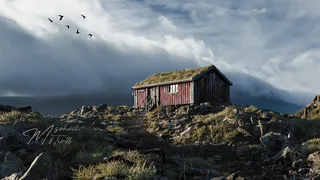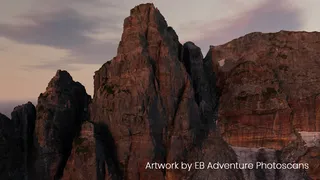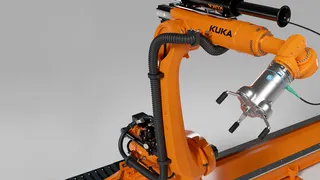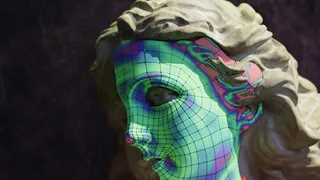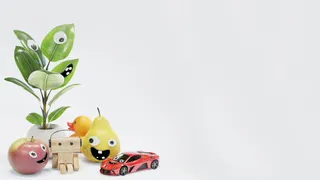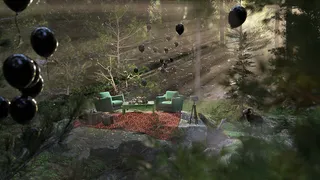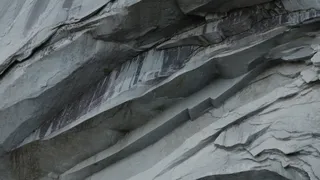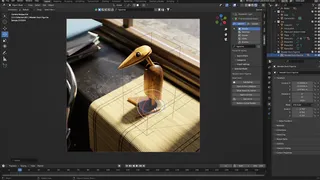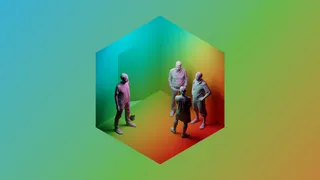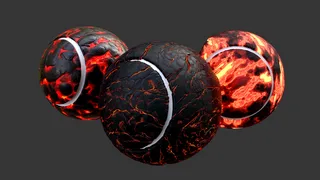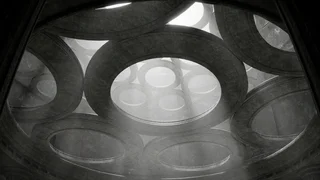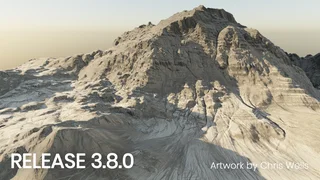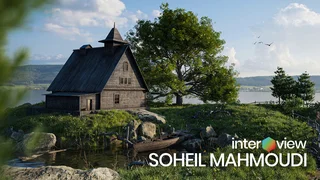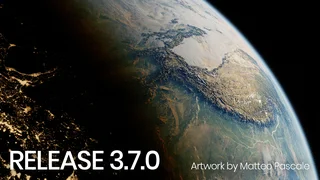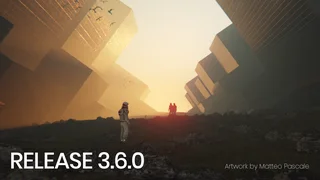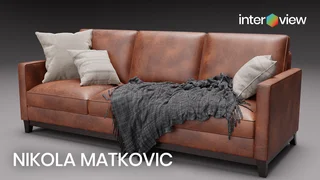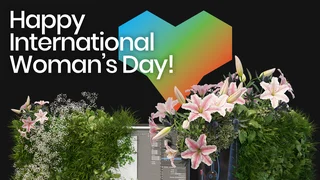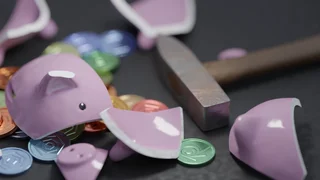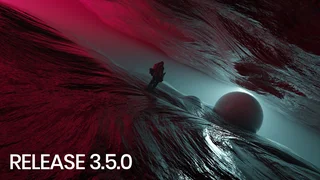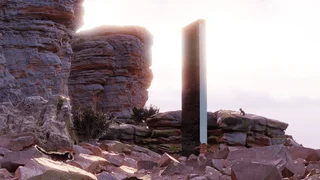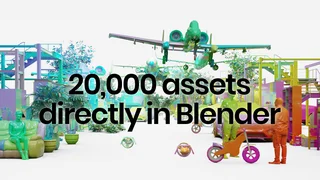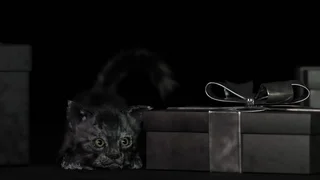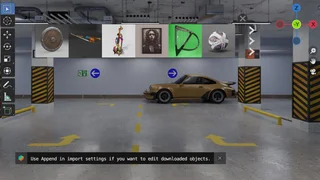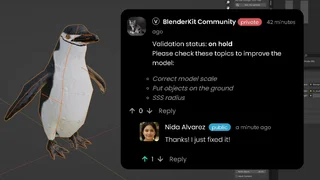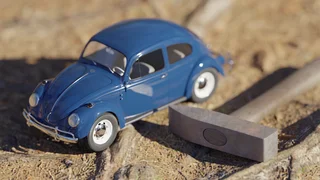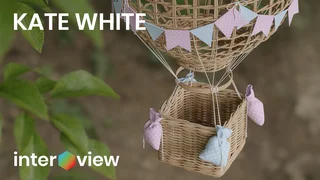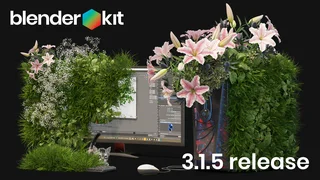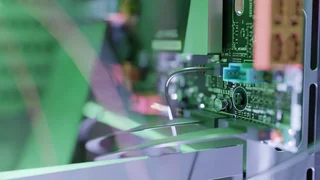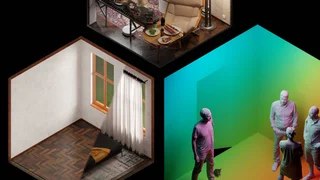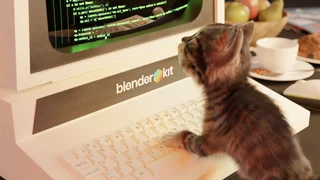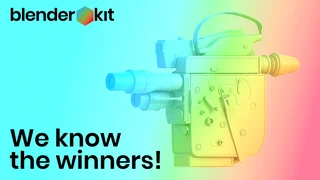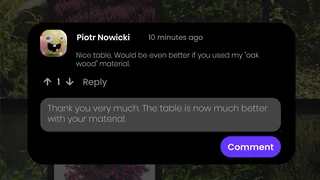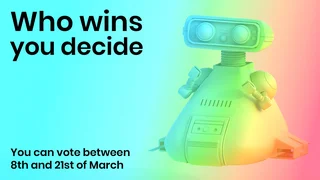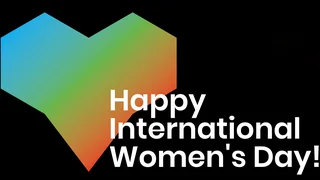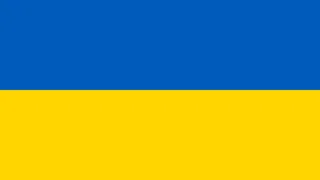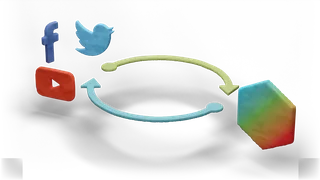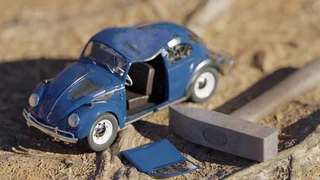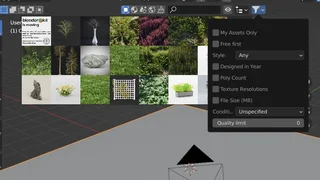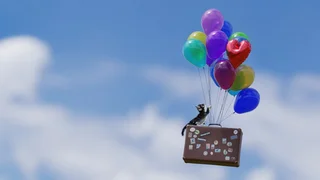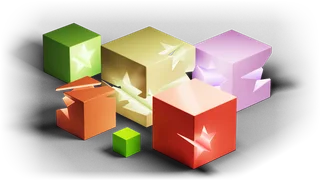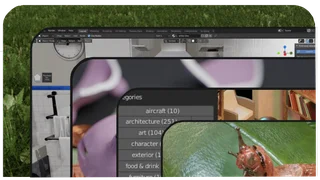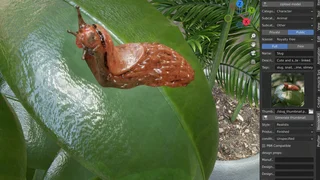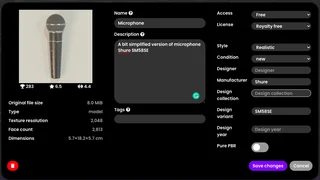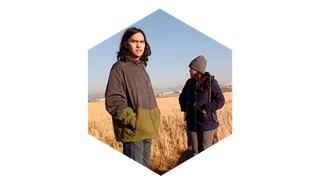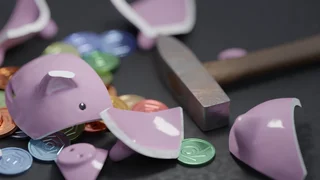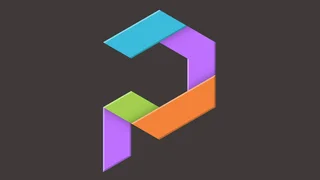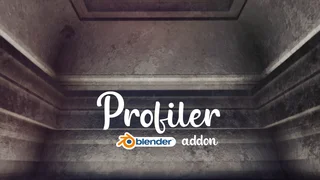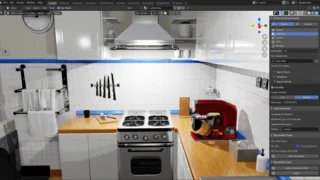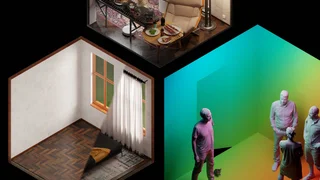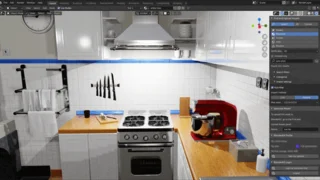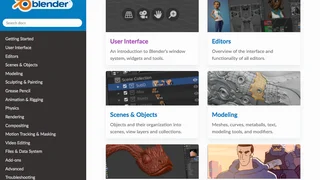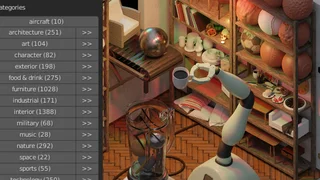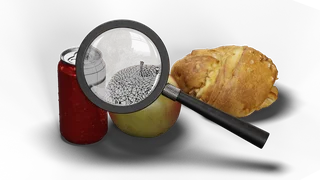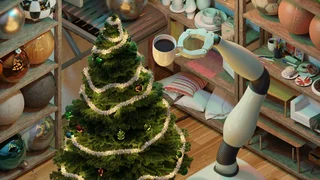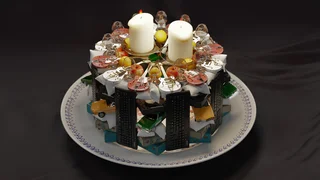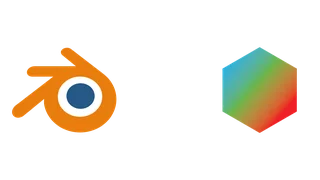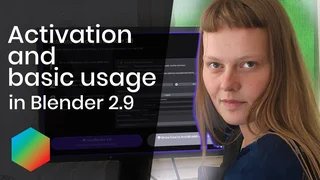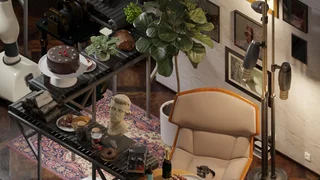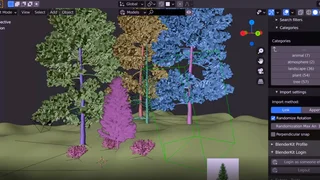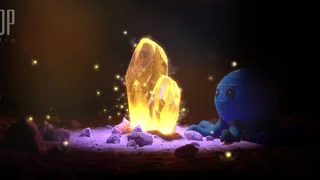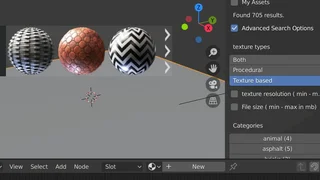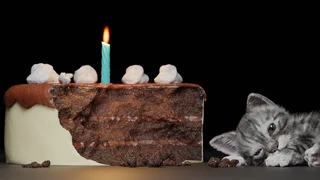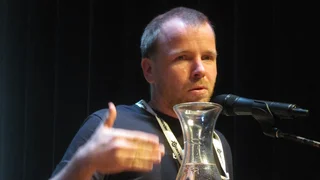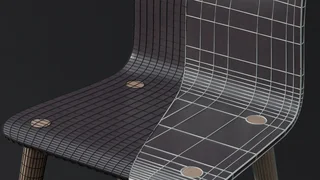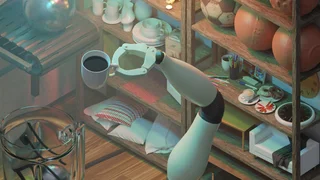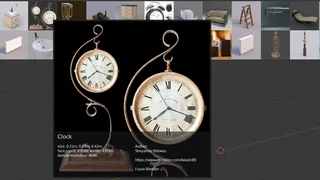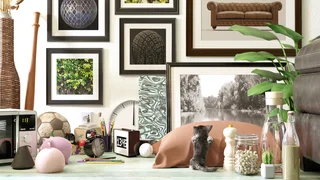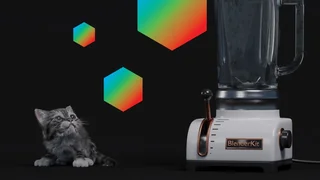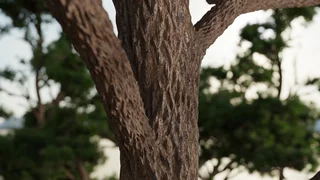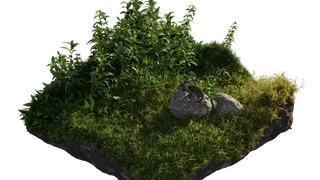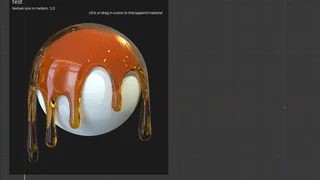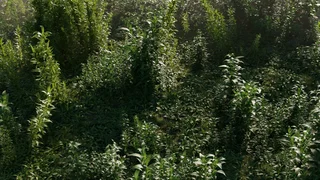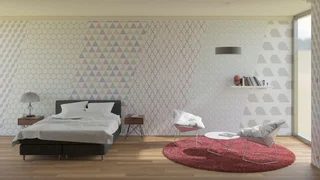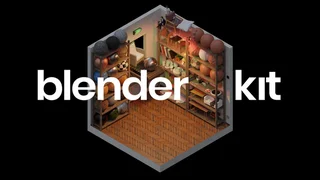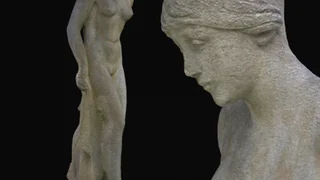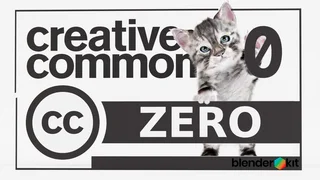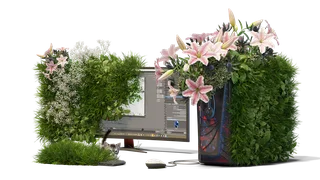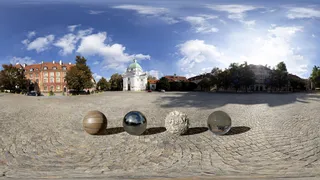
Paweł Wałasiewicz is a versatile 3D creator. He is especially keen about lighting and has created an astounding HDRI collection. In the interview, he speaks about his interests in technology, science and the open-source community.
Check his galleryHi Paweł, would you please tell us a bit about yourself?
I have lived in Poland my whole life. My main job is in marketing, but over the years I have gathered many skills through various hobbies such as photography, coding, DIY tinkering, electronics, and of course, 3D related stuff.
As a young adult, I spent most of my free time online. Looking back, it was the 2000s explosion of creativity on YouTube and Reddit that sparked my interest in technology. Creators like Smarter Every Day, Corridor Digital and Veritasium had a huge influence on me. I still follow them.
What do you enjoy about being a 3D freelance artist?
For me, working in Blender is extremely relaxing and rewarding. I like how you can improvise and constantly come up with various solutions. I’m also a big open-source supporter. Most of my work on BlenderKit is available for free and I see it as my own small contribution to the awesome Blender community.
Nevertheless, I don’t identify as an artist. I’m more of an artisan, as I mostly focus on the practical function of my work rather than the creative process itself. To make my life easier, I won’t hesitate to include photogrammetry to create 3D models, which some traditional 3D artists would consider “cheating”. With HDRIs, the situation looks even less “artistic”. The entire process is completely dictated by a checklist and is more similar to science than art.
You have worked with Blender for many years. How did it all start?
I think it all began around 2014 when I downloaded the personal version of Unity3D to create a game from the official tutorial (simple space shooter). It was mainly an editor and C# course and they provided models, but I wanted to make my own. So I searched for free 3D software and downloaded the first result, which happened to be Blender.
It turned out that navigating 3D space and the concept of vertices and faces felt quite natural to me and the rest just happened. I was fascinated with the countless possibilities and the fact that I could create cool-looking animations and renders on my personal PC. I never spent a dime on paid courses and never attended design school.
So what was your learning process like?
It revolved around free YouTube tutorials. I like to think of myself as a quick learner and I learn best by trying, failing and actively looking for solutions.
Whenever I had a few spare hours and some kind of inspiration or idea, I created a small project. I focused on different things such as VFX rigging, animation, modeling from photos, sculpting, or texture painting. I only used tutorials if I didn't know how to push things forward. I think that the biggest mistake people make after learning all the basics is to create projects solely based on tutorials. It may develop your skills, but prevent you from learning how to effectively and creatively apply them in new situations.
On the one hand, I feel like in the past learning Blender was easier because there were less features and it was therefore less intimidating. On the other hand, currently there are so many outstanding free courses (shoutout to Blender Guru) that lower the entry barrier for newcomers by teaching them all they need to know in an entertaining way.
As mentioned, you are specialized in the creation of HDRIs. What drew you to the field?
The process of capturing HDRI is really quite technical, but allows you to capture a full dynamic range of lighting conditions in a particular location for future use - how cool is that!
I like the photography and travel aspects of it. Furthermore, HDRIs are the most demanded assets by the community. There are specific scenes in which you would use a 3D sandwich, but lighting is always needed.
You have uploaded many outdoor HDRIs to BlenderKit. How do you find and choose places to capture?
I almost always use Google Maps to scout for locations and SunCalc.org to check sun positions at a given hour. There is nothing worse than going somewhere just to realize that the sun is hidden behind a building, or too low behind a nearby treeline.
When I find an interesting spot in my town, I ride there on a Onewheel Pint or a bike and make a little “sport event” out of it. In summer, I often go to the wilder and rural areas by car and on the way, make macrophotography, wildlife photos or photoscan stuff. The whole process including capturing, traveling, editing, and stitching can easily take a full day.
Is it more challenging to capture an urban environment or a landscape?
I would say that the biggest challenge is the weather, regardless of location. Capturing at one location takes around 20 minutes and requires stable lighting conditions. There were a few times when I straight up resigned and went back home without anything to edit, disheartened by the sun constantly hiding and emerging from behind clouds.
In urban locations, the main problem is cars and people moving between exposures, often quite close to the camera. This can be resolved in the editing stage, but is time-consuming. It’s the same for removing trees and leaves in landscape scenes.
When it comes to 3D models, you are a highly varied creator. What do you like modeling the most?
My favorite thing to do is to compose real footage with 3D elements and set the lighting. I definitely prefer that over modeling. Most of the models I upload to BlenderKit are side products of VFX animations and renders I do for myself.
I don’t have any system to select what I will model next. If I feel the urge to create something, I just do it. Sometimes I browse the web for photos of cool objects. Other times, I go to a shop and see a cool-looking fruit.
Do you have anything planned for the future?
I have so much more to learn and improve on. Sadly, as I grow older, I have less and less free time for Blender. I do want to become more proficient with Geo nodes. It feels much more like programming than modeling, but it is very powerful and people are creating crazy stuff with it.
Do you have any suggestions for emerging 3D creators?
The current version of Blender can look overwhelming. Don’t try to learn it all at once. Instead, choose short versatile projects that can be finished in 1-2 days and require learning new things. Use only the functions and tools you need for the current project and learn from your mistakes. If you don’t know how to do something, watch a tutorial on the topic and try to apply it to your own project.
Love Paweł's work? Support him by subscribing. Did you know free models get rewarded too on our platform? Read more about fair share.
